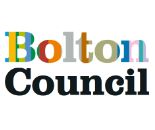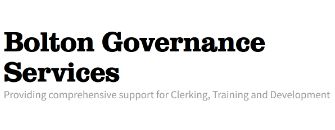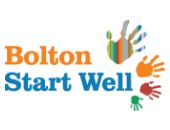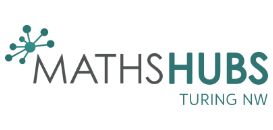Surveying the text
Start by identifying obvious punctuation – full stops, commas – which indicate where to pause or take a breath. At the start of the programme full stops and commas are the most important clues to highlight
- Point out where lines of text ‘run on’, i.e. the sentence and hence the reading does not stop with the end of the line. Talk about how to read a longer sentence, e.g. by taking a small breath at some point where it won’t disrupt the flow
- Identify and talk about any words you think will be challenging for the group to read. Read the word to them and get them to repeat the reading.
- Don’t spend time segmenting and blending the phonemes in this challenging word, rather give the group the word and get them to repeat it. It will be important to keep the focus on fluent, smooth reading even when the text is difficult
- Highlight any other text features which determined the reading you modelled, e.g. question marks, words in bold, etc.
- Point out words which need to be read together as a unit. We call this chunking the text and it means reading words which are linked without too much of a break between them. Noun phrases are likely to be the first chunks that you identify and use in your modelling
- Emphasise other clues when you use them, e.g. speech verbs or adverbs which indicate how someone says something. This is likely to become more important as the programme progresses
An important element of the programme is the emphasis on surveying the text. We might define this as looking over the text before you read in order to identify any clues which will help with the reading aloud and spot any potential difficulties there before they trip the reader up. This is where you demonstrate to children how the reading is not simply a personal whim, but rather is based on clues which are in the text itself.
After the adult has modelled the text reading in an engaging and interesting way, the lesson shifts so that children read with you. You continue to support their reading (see choral reading and echo reading later in this section) but they are involved more actively in the process of reading. But it is important that readers begin to understand that reading aloud is based on a wide range of information in the text, not the letters and words (important though they are).
The survey of the text underlines the reason why the adult read the text as you did when modelling to the group. This comes after the adult modelled reading and before the echo/ choral reading where the adult and group read together
- Start by identifying obvious punctuation
- Point out where lines of text ‘run on’
- Identify and talk about any words you think will be challenging
- Highlight any other text features which determined the reading you modelled
- Point out words which need to be read together as a unit
- Underline other clues when you use them
(More detailed information is given on the facing page)
It is important that the children know which feature you are identifying so specifically point these out to them. At the beginning of the programme you might focus on just one or two clues but expand from this as the programme continues
It is also key that readers begin to develop an understanding of how the clues (the text features) impact on the way that the adult reads aloud. The survey is about identifying and using text features to read better
Sometimes a text feature can be interpreted in different ways, e.g. a full stop pause can be of different length, an exclamation mark might mean someone is excited or is shouting. Try reading it in alternative ways to see which interpretation works and sounds best. In many ways and in this programme, this variation doesn’t matter – any reading which moves beyond a staccato word by word reading but doesn’t destroy the sense by reading too fast is likely to be an improvement.








